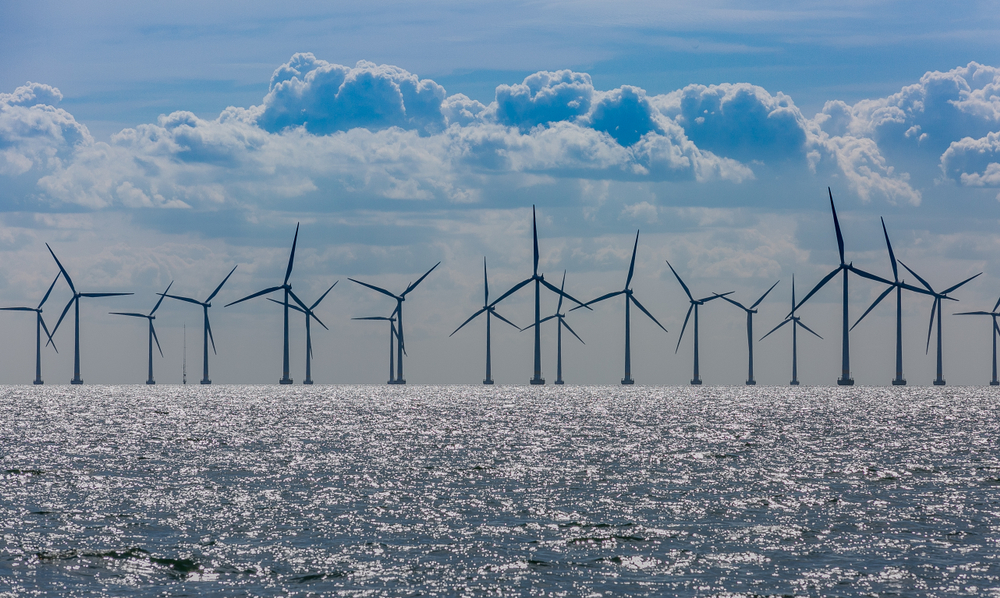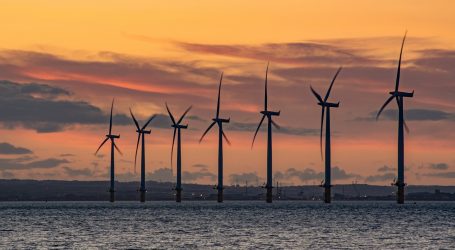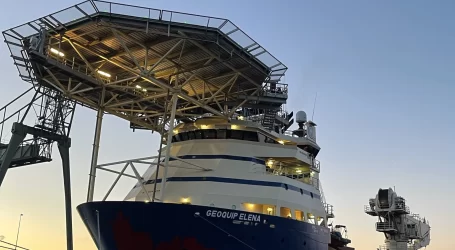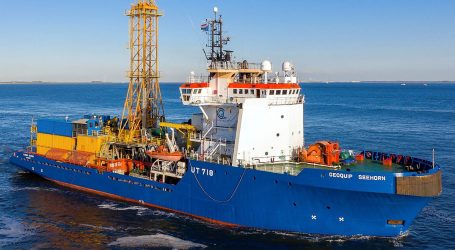Wind industry proposes 10 steps to build a strong industry in Poland
The wind energy sector proposes ten steps to build a strong industry in Poland. The postulates presented at a press conference on Wednesday include updating targets, support for local producers, and personnel training.
Supporting the construction of a strong wind energy industry and service facilities in Poland is the main task of the Wind Industry Hub (WIH) foundation, founded by the Polish Wind Energy Association. In a report presented on Wednesday, WIH proposed ten steps to achieve the basic goals.
These include updating the ‘Energy Policy of Poland’ and setting ambitious targets for the production of electricity from RES, including in particular onshore and offshore wind energy; supplementing the industrial policy with provisions on building a strong wind industry as an opportunity for the Polish economy and its innovation; updating the ‘Spatial Development Plan for Polish maritime areas’ to identify new areas where more offshore wind farms could be built.
WIH also calls for the simplification of administrative procedures to speed up project implementation and build Poland’s energy independence as soon as possible; support for the development of the Polish wind industry using already available and new financial mechanisms, including EU funding; preparation of the human resources needed for the growing wind industry; building support mechanisms for local producers.
Further points relate to the area of regulation, namely the implementation of the Net Zero Industry Act and the European Wind Charter in Poland, the creation of administrative facilities and the coordination of work within the ministries of assets, climate, industry, development, etc.
A strong Polish wind industry can become one of the pillars of the national economy, but building it is a long process that requires coordination of all the actors involved,” emphasised WIH managing director Dominika Taranko.
As recalled by Izabela Zygmunt of the European Commission, the EU action plan includes the REPowerEU plan – i.e. faster development of own renewable sources, building a European manufacturing industry for the energy transition, i.e. the Green Deal industrial plan. The plans include accelerating wind power development by simplifying permitting, improving the shape of RES auctions, or protecting our market in the face of growing pressure from foreign competitors.
PWEA President Janusz Gajowiecki recalled that at the end of 2023, the installed capacity of windmills in Poland was 9.36 GW, but the potential for onshore wind power by 2030 is 13-19 GW. The minimum scenario is no statutory changes, a permitting cycle of 7-9 years and, as a result, 13 GW of capacity by 2030. – Gajowiecki said. At the same time, he pointed out that with a flexible approach from the government and a change in regulations, we could reach 18 GW of installed capacity by 2030.
The PWEA president pointed out that 225 GW of wind power capacity in the EU is onshore and 30 GW offshore. Onshore is being built faster and more efficiently, and to reach the EU target of 500 GW in 2030, he pointed out that we need to build 35 GW per year. Therefore, ambitious timetables and enabling faster permitting are necessary, and we will be putting forward proposals for such simplification this year, Gajowiecki stressed.
According to industry estimates, depending on the scenario, the onshore wind energy construction programme alone means creating by 2030. 50-100,000 jobs, a government order book of PLN 80 billion, and PLN 0.5-1 billion in revenue to local governments from property taxes. All this is with a local contribution of up to 75 per cent, whereas today, it only reaches 50 per cent in some projects.
Source: PortalMorski.pl




